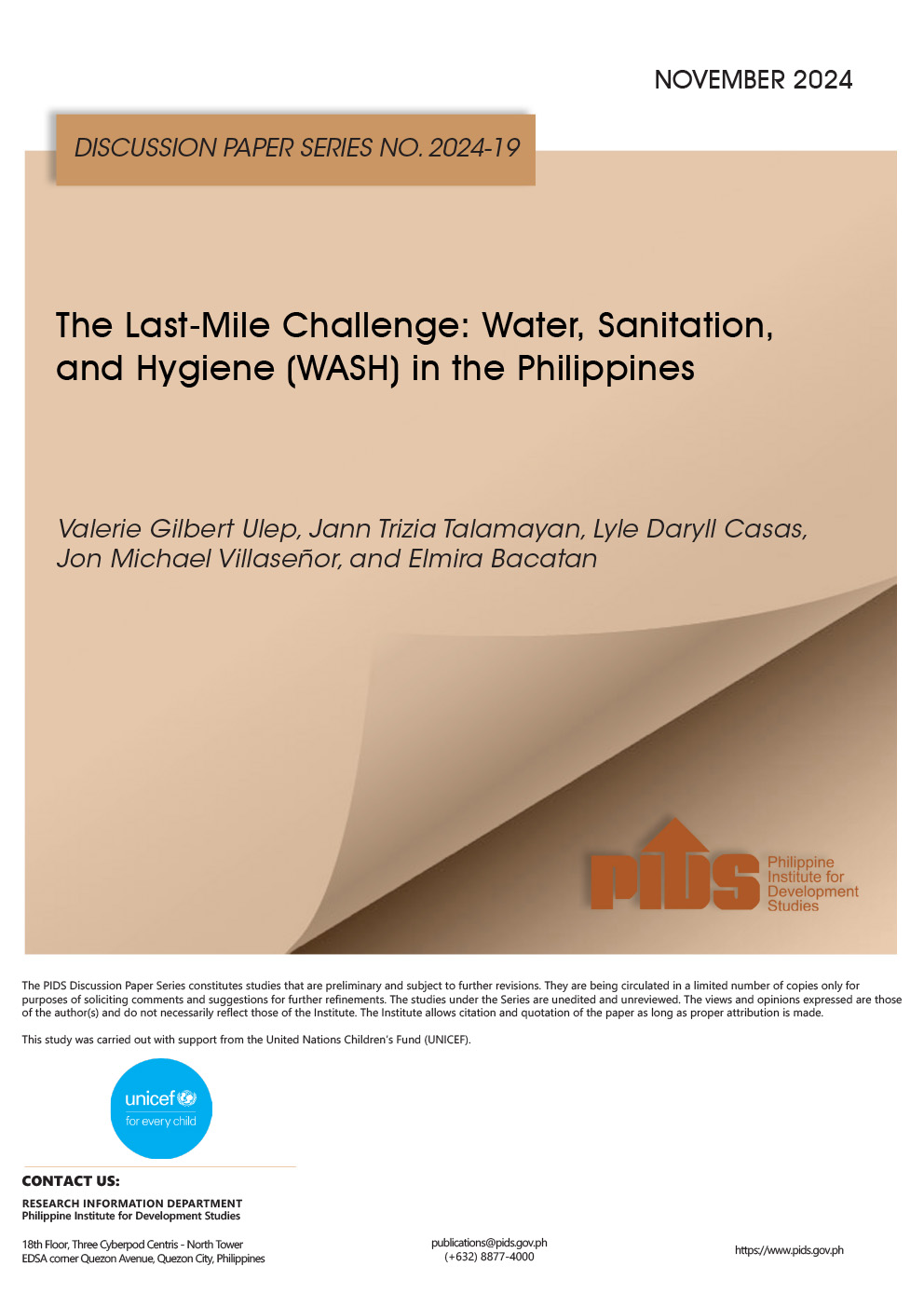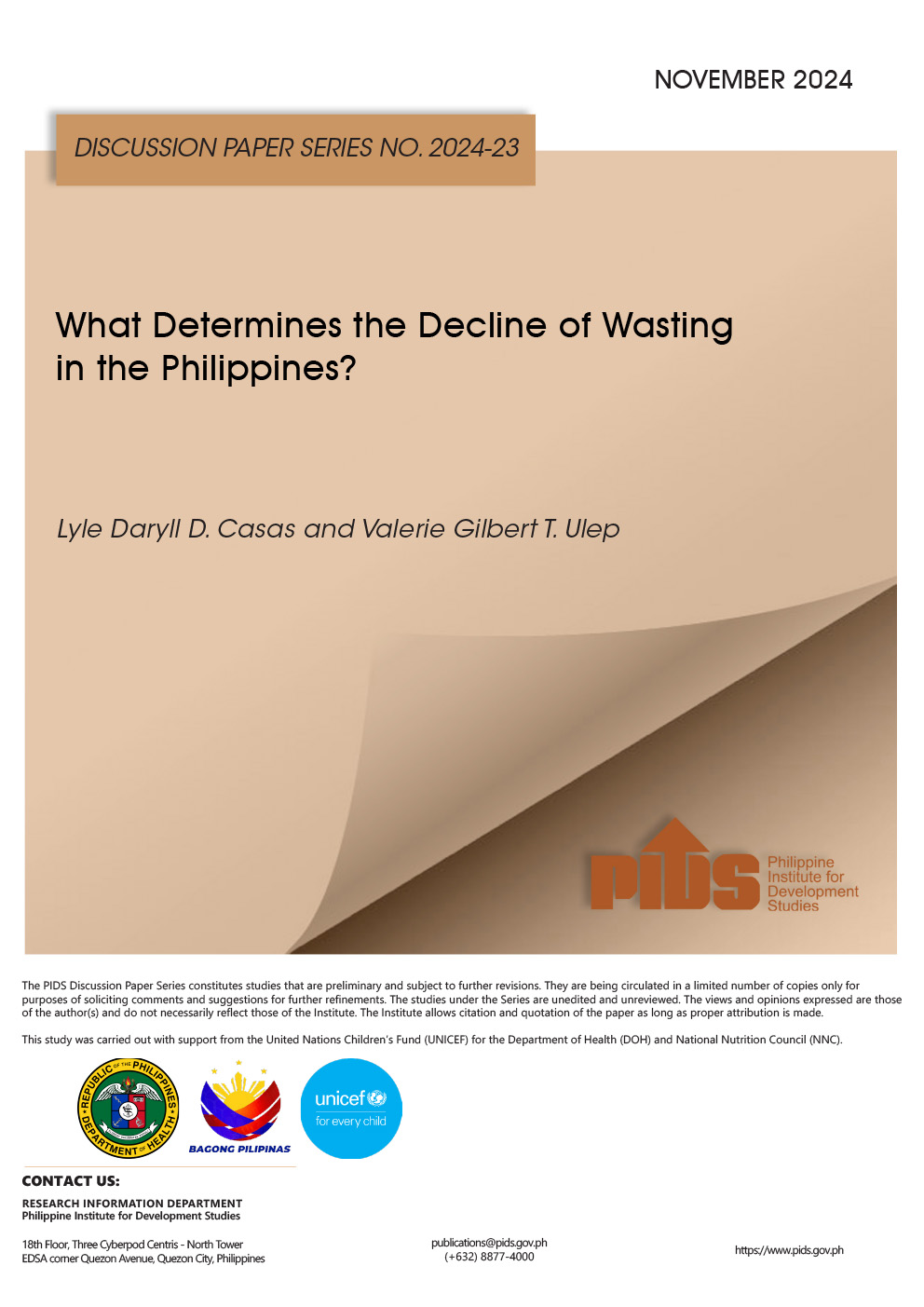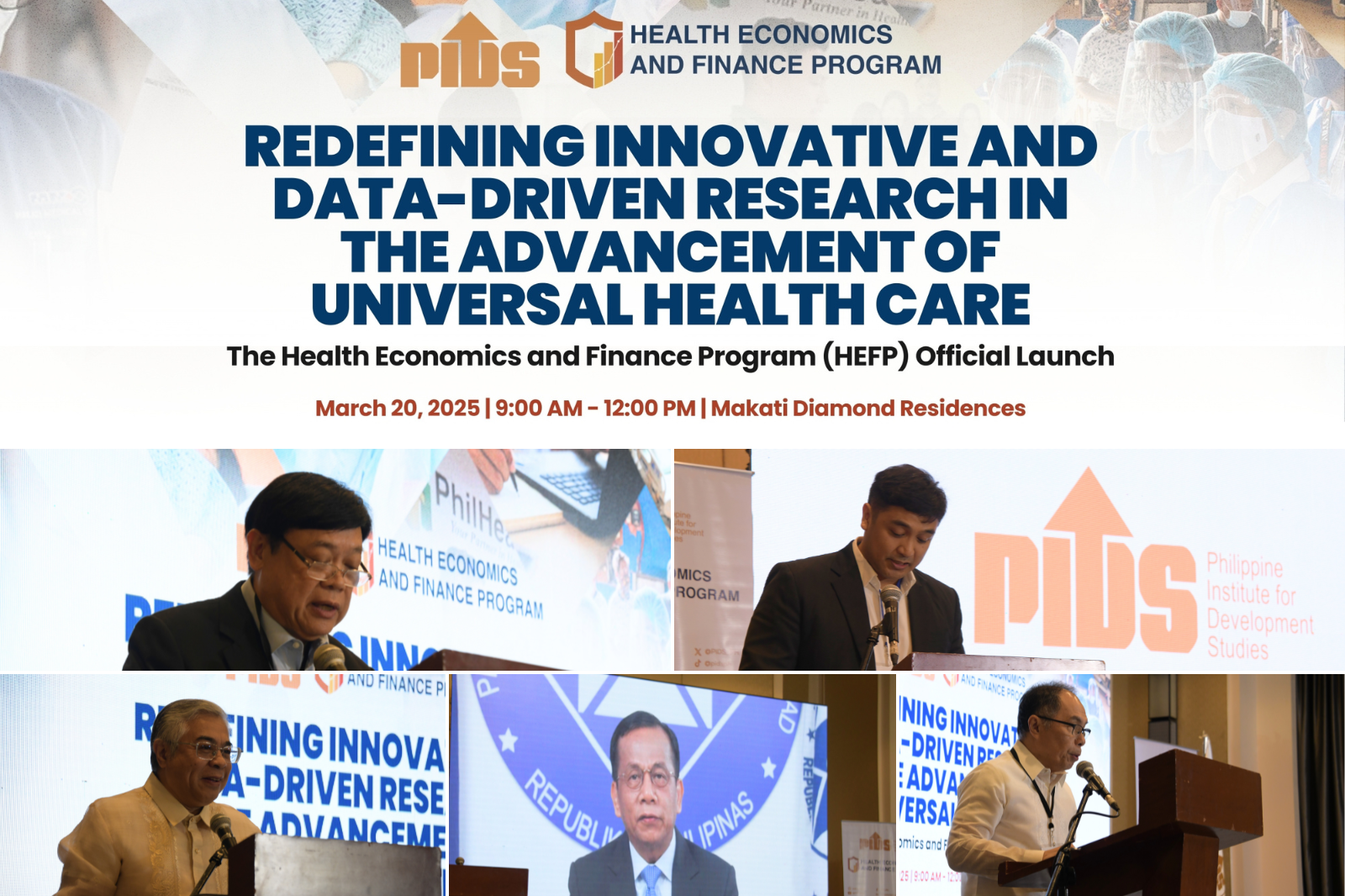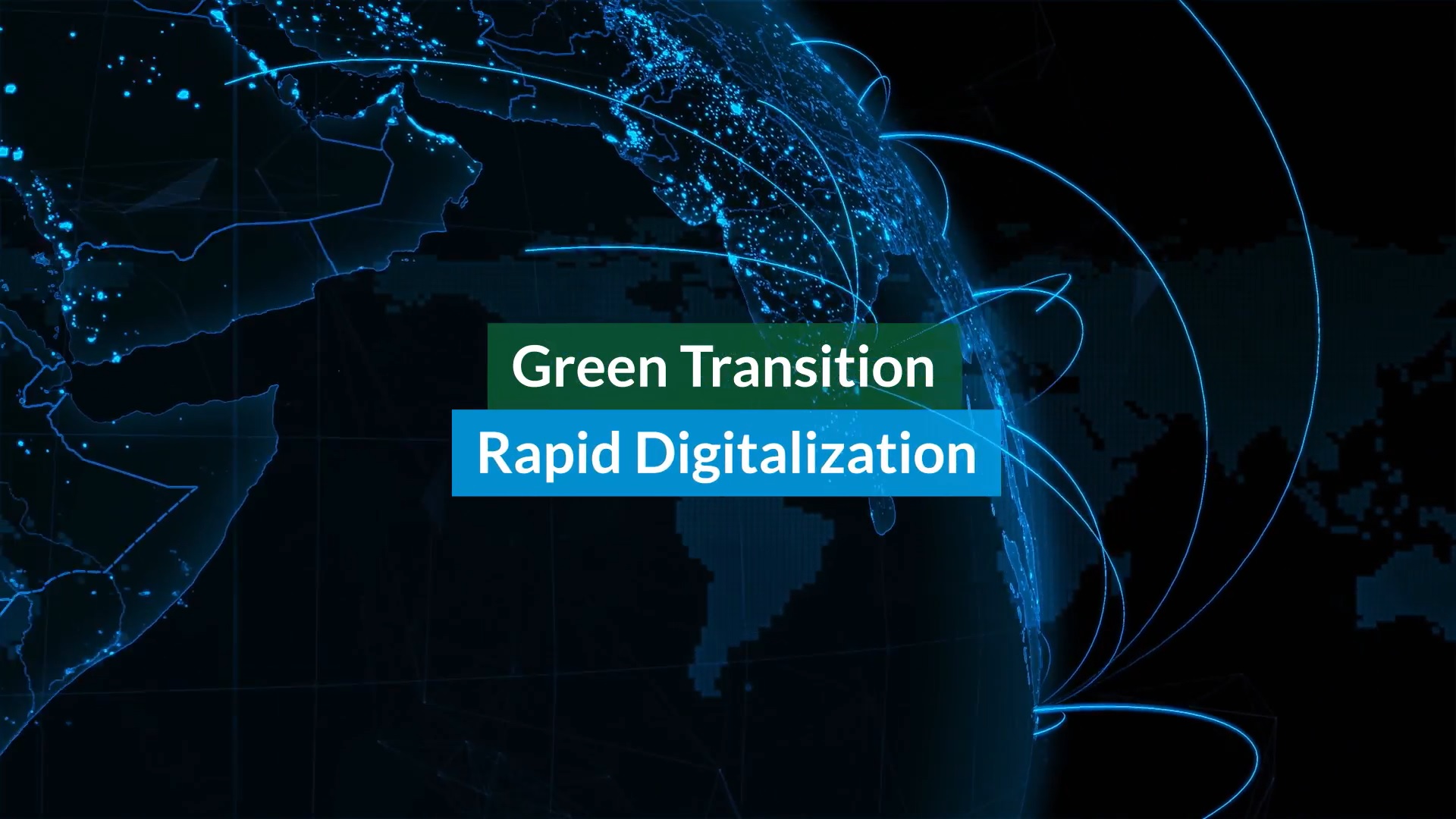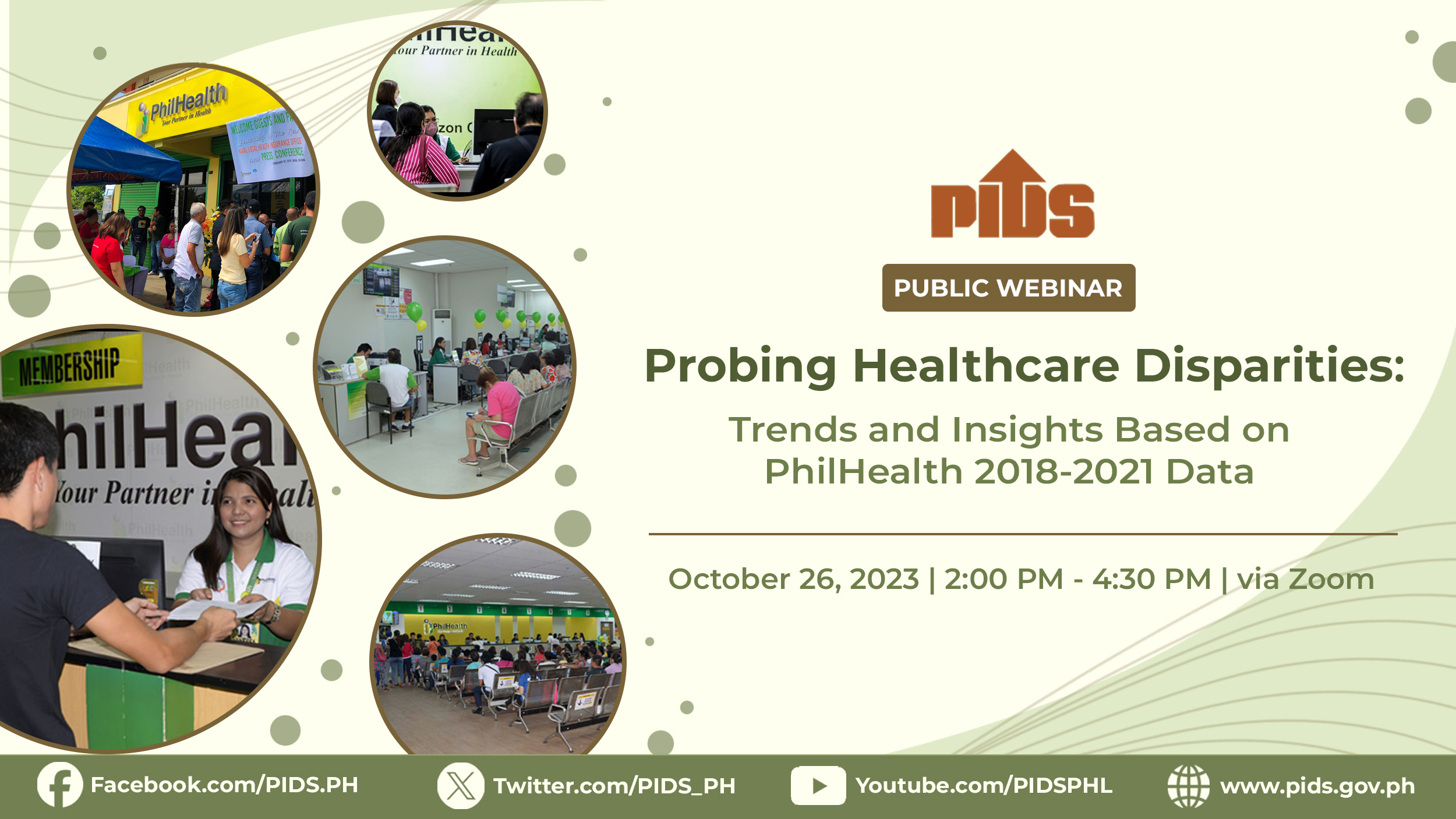MANILA - Socioeconomic think-tank Philippine Institute for Development Studies (PDIS) conducted a study on the healthcare disparities in the country based on the Philippine Health Insurance Corporation's (PhilHealth) 2018-2021 data.
In a virtual forum organized by PDIS, Dr. Valerie Gilbert Ulep, senior research fellow presented the result of their research on health service coverage in the country.
Ulep used the term “national purchaser” in referring to PhilHealth and not as national insurer.
“There is limited granular analysis or deep dives of health services coverage by PhilHealth, when I say PhilHealth our national purchaser, I don’t wanna use the term insurer because PhilHealth is our national purchaser and this study hopes to pave the way for more exercises like this because we barely see this kinds of granular analysis,” Ulep said.
He said there is a clash in the values system in many of the narratives from policy makers.
“PhilHealth is insurer, we shouldn’t be insuring primary care because its predictable. But when we shift that paradigm that okay PhilHealth is now a purchaser, you can now purchase a comprehensive healthcare services. Dun ako nanggagaling, why we shouldn’t be looking at this old paradigm of covering only those services that are unpredictable,” Ulep explained.
According to Ulep, they want to address the progressive holes in the healthcare service performance in the country based on the population and facility coverage, service coverage and financial health protection.
PIDS said they conducted a spatiotemporal analysis of trends and disparities in health service coverage indicators using PhilHealth data on insurance claims, membership, and accredited facilities merged with auxiliary datasets from the Department of Health and Philippine Statistics Authority.
Ulep said the results emphasize clear disparities in population coverage, facility coverage, service coverage, and financial protection across different subpopulations.
One of the most relevant results of their study, according to Ulep, is the access and availability of health services.
“As you may know, PhilHealth, if you look at the 2019 UHC law, Filipinos are automatically enrolled in the national health insurance program so ensuring 100 percent coverage. We tried to look into the date whether we are achieving this…or if the data really reflects using the 2020 data the country achieved a very high population coverage with PhilHealth extending health insurance benefits to most Filipinos. There is a vast proportion of the population across provinces is now registered in the PhilHealth database. However, if you look at individual provinces there is special disparity in terms of coverage across provinces with certain provinces in Mindanao reporting 52 percent of 50 percent coverage rates, notably this provinces are often considered conflict areas and poorer provinces,” he said.
Ulep said this presents a unique challenge for PhilHealth, as the low registration in these areas underscore the need for targeting efforts to enhance membership registration and healthcare access.
Ulep also presented the high proportion of direct contribution of Greater Manila Area, while indirect contributors predominate in Mindanao.
“This are critical analysis using this micro data to see the coverage of the vulnerable population, this will determine whether we have provided access to the most vulnerable segments of the population,” Ulep adds.
PIDS’ recommendations to PhilHealth and the government as a whole include enhancing data for informed policy and operations, address supply challenges to reduce disparities, boost the demand by tailoring services to health needs enhancing efficiency, such as through primary health care and to minimize hospital-centric and unnecessary admissions and implement strategic purchasing to reduce OOP or Out-of-pocket payment.
PhilHealth’s Dr. Albert Francisco Domingo, Vice President for Primary Care Policy, somehow agreed with Ulep’s statement that PhilHealth is now a national purchaser and not as the national insurer.
“I do agree with Dr. Val (Ulep) that we are at a particular point in history where the Philippine Health Insurance Corporation is starting to have a paradigm shift, you can be positive by calling it a paradigm shift or you can also say identity crisis, because PhilHealth was born our of medicare in the 1960’s and medicare was not really thinking primary healthcare at that time. So now that RA 7875 and most recently RA 11223, the UHC Law, suddenly told PhilHealth, hey guys you have to start buying primary care services. Dr. Val is right, we are now moving from a totally insurer role to now being a strategic purchaser,” Domingo explained.
Domingo also explained the sense of social solidarity in paying contributions to PhilHealth.
“Nasan na yung bayanihan? Where is the social solidarity? The more covered you are, the less poor you are. It doesn’t sound like a social solidarity because the way this was design or that we are supposed to be operating is we should be giving more resources at least to those who need it more,” Domingo added.
Domingo also said even as a PhilHealth official, he is also paying premiums and contribute to the PhilHealth’s funds.
Study shows PhilHealth acts more as 'national purchaser', not insurer

